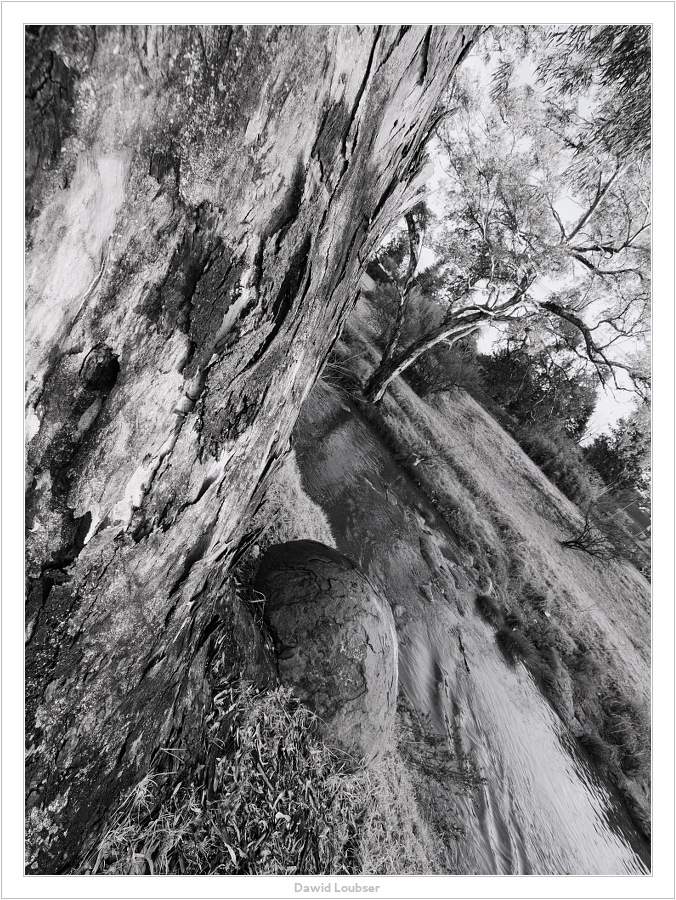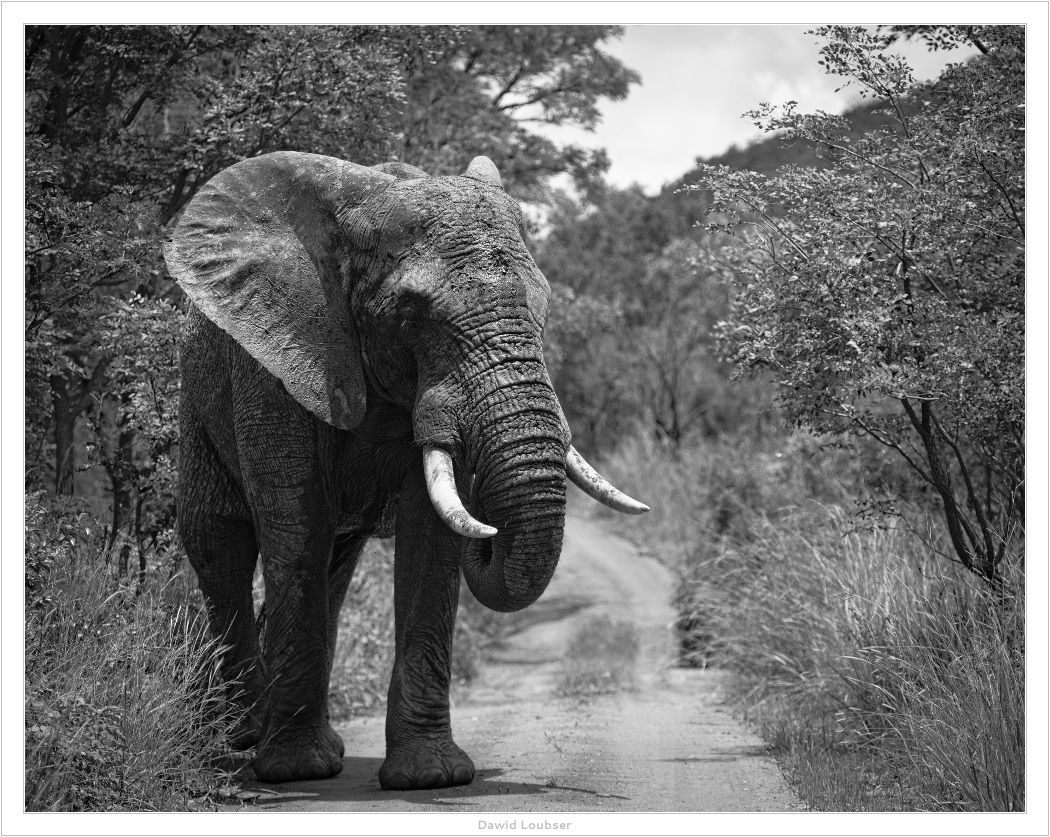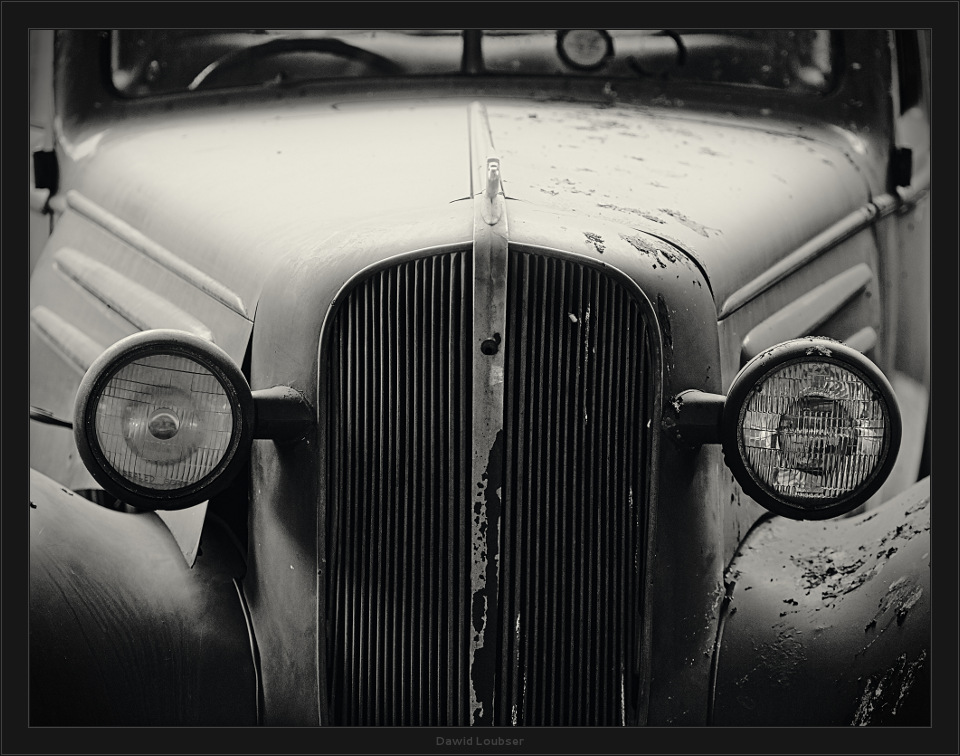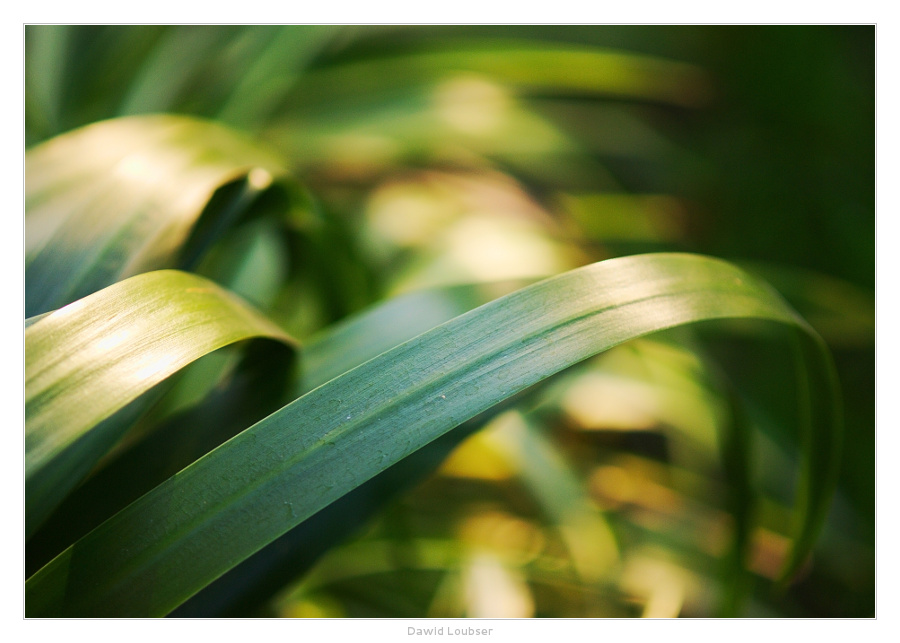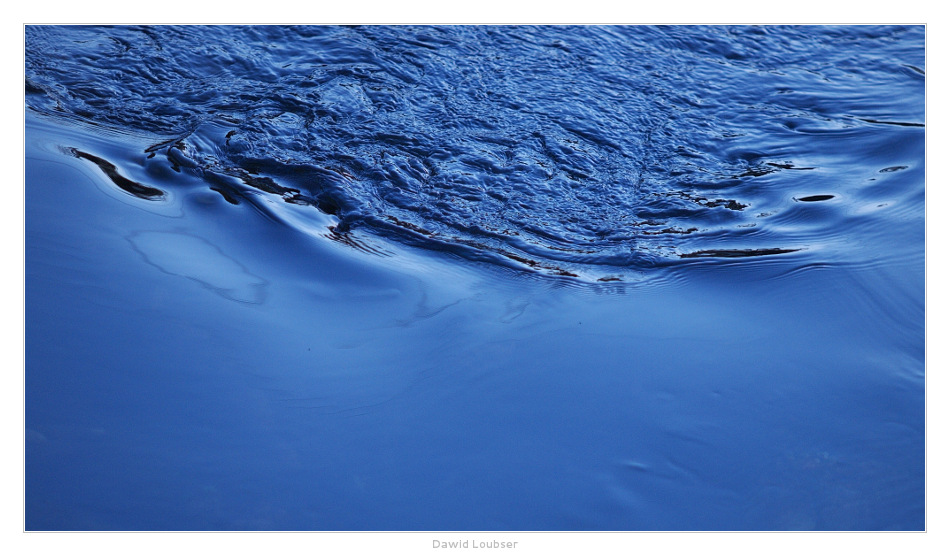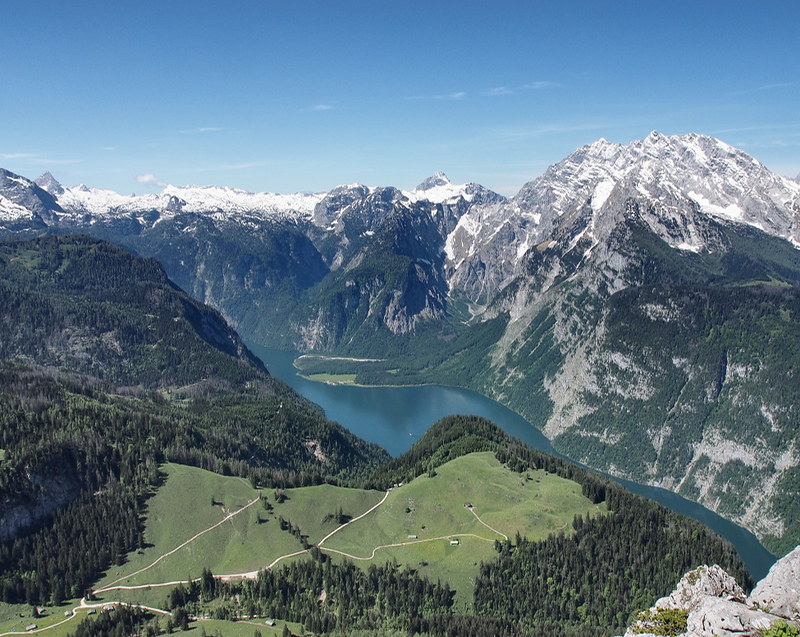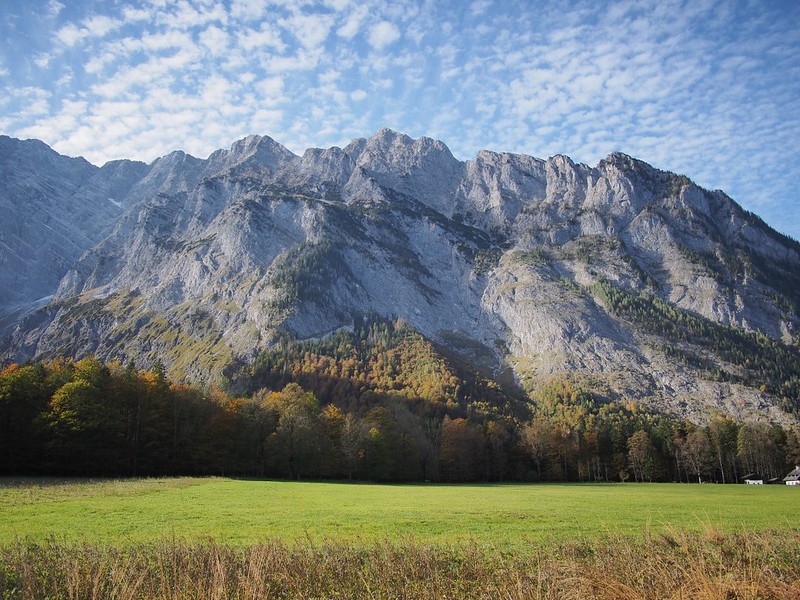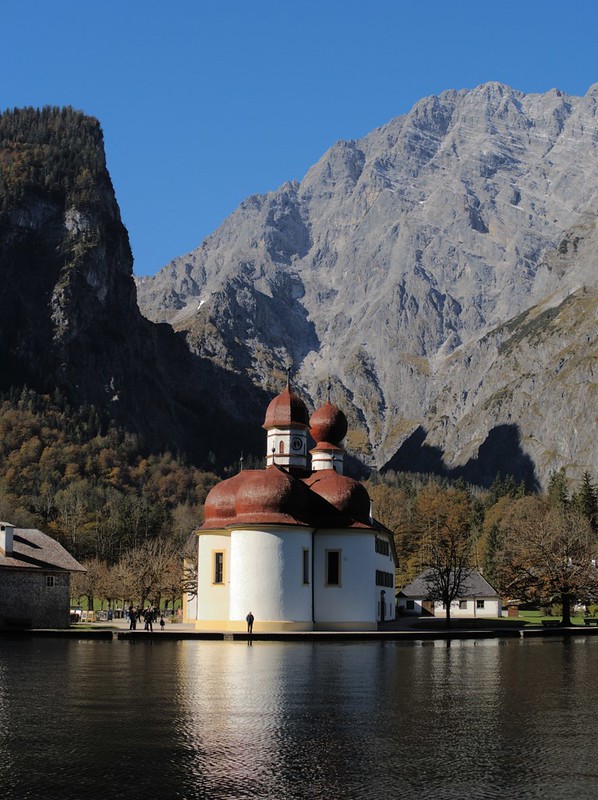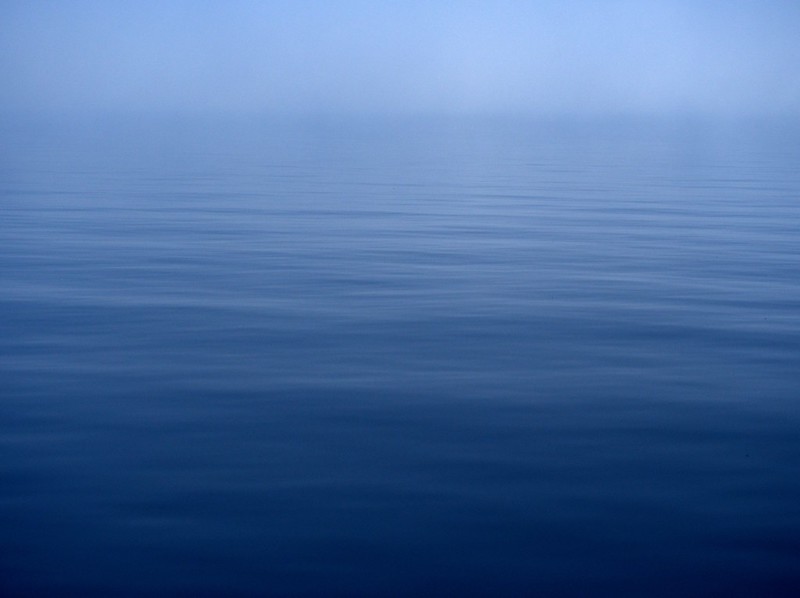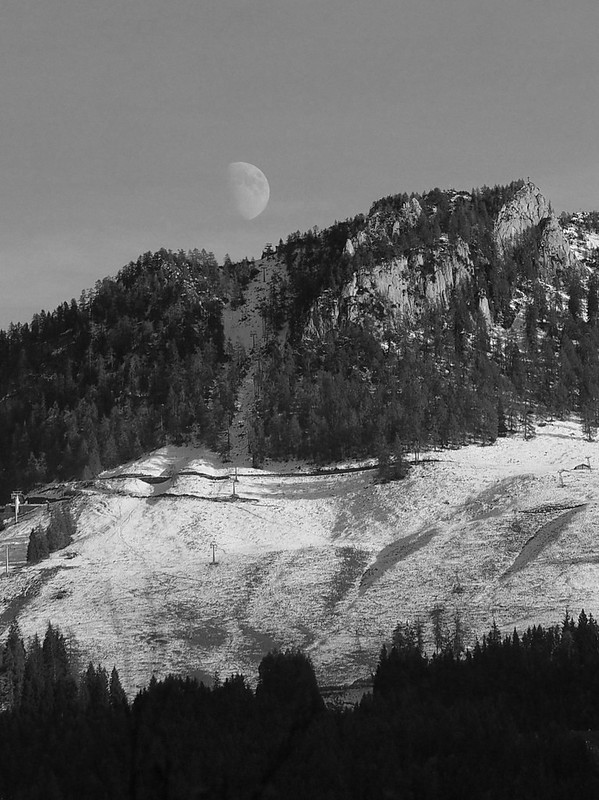John Gibb Millspaugh
New member
Hi all! Let's talk about lenses.
Just consider my query a kickoff, and consider yourself invited to take the conversation wherever you want to!
I'm new and joining the forums with the encouragement of Senior Member Rachel Foster, due to my enthusiasm for the new Olympus OM-D E-M10. Olympus releases the camera week and I plan to snap it up--my first new camera in a decade. It’s no pro DSLR but it seems perfect for my needs.
I need to figure out which lenses to initially buy and I'd LOVE your advice. [But if you're unfamiliar with this camera and curious about it, here are some basic specs: Announced January 29, 2014, the E-M10 offers 16 MP, ISO 200 to 25,600 (with a low ISO 100 equivalent setting), autofocus system with 81 points (Olympus is claiming this is the fastest autofocus in the world, I think), sequential shooting at 8 fps of up to 20 RAW shots (before slowing), included EVF of 1.44 million dots, manual control dials , max shutter speed of 1/8000 second, and the same fast processor as the E-M5.
I plan to use the camera primarily for portraits of my family to start, but would appreciate a good zoom, and eventually would like to use it for a lot of macro (my grandfather was an entomologist and I share his love of subject matter, if not his expertise).
When it comes to figuring out initial lenses to buy, I am entirely over my head, and any tips you could provide would be greatly appreciated.
For example, I don’t know if I should be thinking about a prime lens and a zooms, a couple of zooms with overlapping ranges, or a superzoom. I understand that better lenses are better, but don't know if I'd notice the difference. Nor do I know if I should be saving up for a macro or just going with extension tubes.
Right now Olympus is offering what I suspect are kit-quality lenses on sale with camera purchase, like the URL="http://www.getolympus.com/us/en/lenses/pen-omd/wide-zoom/m-zuiko-14-42mm-f3-5-5-6-ii.html"]14-42mm f3.5-5.6 II R[/URL] ($99), the ED 40-150mm f4.0-5.6 R ($149). Maybe those would be great for my son’s growing up years, and maybe they’d hold their value well enough to sell them when I bought a better lens down the line. But if there would be appreciably better photos with a pricier prime or zoom, maybe I should bite the bullet and get something better now. I’ve only used a zoom before, but should I be thinking about, for example, the 45mm f1.8 ($349)? Or maybe the ED 14-42mm F3.5-5.6 EZ (349) instead of the previously mentioned 14-42mm f3.5-5.6 II R ($99).
You can tell I'm at a loss here. Are there review sites for lenses that a beginner like me could use to determine what basic set I should start off with?
Then there's trying to figure out which lenses could do macro work with extension tubes (probably all I can afford for the time being).
And I don't know if it's foolhardy to consider buying used lenses to save money--taking whatever risks come with that.
Any tips on any part of my questions would be greatly appreciated! And let the conversation go where it goes!
With thanks,
John
Just consider my query a kickoff, and consider yourself invited to take the conversation wherever you want to!
I'm new and joining the forums with the encouragement of Senior Member Rachel Foster, due to my enthusiasm for the new Olympus OM-D E-M10. Olympus releases the camera week and I plan to snap it up--my first new camera in a decade. It’s no pro DSLR but it seems perfect for my needs.
I need to figure out which lenses to initially buy and I'd LOVE your advice. [But if you're unfamiliar with this camera and curious about it, here are some basic specs: Announced January 29, 2014, the E-M10 offers 16 MP, ISO 200 to 25,600 (with a low ISO 100 equivalent setting), autofocus system with 81 points (Olympus is claiming this is the fastest autofocus in the world, I think), sequential shooting at 8 fps of up to 20 RAW shots (before slowing), included EVF of 1.44 million dots, manual control dials , max shutter speed of 1/8000 second, and the same fast processor as the E-M5.
I plan to use the camera primarily for portraits of my family to start, but would appreciate a good zoom, and eventually would like to use it for a lot of macro (my grandfather was an entomologist and I share his love of subject matter, if not his expertise).
When it comes to figuring out initial lenses to buy, I am entirely over my head, and any tips you could provide would be greatly appreciated.
For example, I don’t know if I should be thinking about a prime lens and a zooms, a couple of zooms with overlapping ranges, or a superzoom. I understand that better lenses are better, but don't know if I'd notice the difference. Nor do I know if I should be saving up for a macro or just going with extension tubes.
Right now Olympus is offering what I suspect are kit-quality lenses on sale with camera purchase, like the URL="http://www.getolympus.com/us/en/lenses/pen-omd/wide-zoom/m-zuiko-14-42mm-f3-5-5-6-ii.html"]14-42mm f3.5-5.6 II R[/URL] ($99), the ED 40-150mm f4.0-5.6 R ($149). Maybe those would be great for my son’s growing up years, and maybe they’d hold their value well enough to sell them when I bought a better lens down the line. But if there would be appreciably better photos with a pricier prime or zoom, maybe I should bite the bullet and get something better now. I’ve only used a zoom before, but should I be thinking about, for example, the 45mm f1.8 ($349)? Or maybe the ED 14-42mm F3.5-5.6 EZ (349) instead of the previously mentioned 14-42mm f3.5-5.6 II R ($99).
You can tell I'm at a loss here. Are there review sites for lenses that a beginner like me could use to determine what basic set I should start off with?
Then there's trying to figure out which lenses could do macro work with extension tubes (probably all I can afford for the time being).
And I don't know if it's foolhardy to consider buying used lenses to save money--taking whatever risks come with that.
Any tips on any part of my questions would be greatly appreciated! And let the conversation go where it goes!
With thanks,
John

